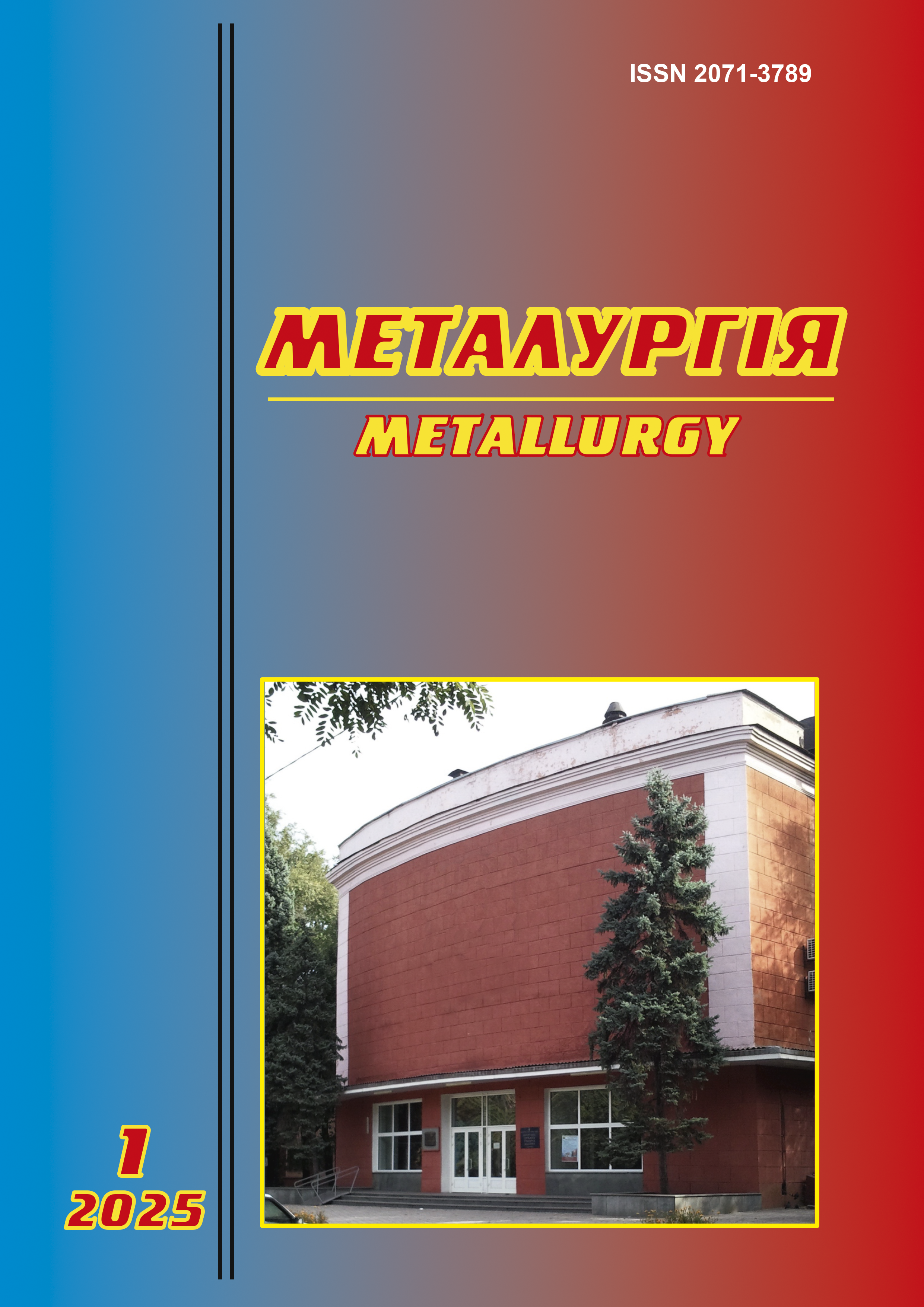NEUTRALIZATION OF HIGHLY MINERALIZED WASTEWATER FROM METALLURGICAL PRODUCTION USING AN INTERMEDIATE SOLID COOLANT
Abstract
One of the main sources of environmental pollution at metallurgical plants is highly mineralized wastewater. The increase in the salt content in these waters is due to the use of soluble substances in metallurgical processes, chemical water treatment processes in closed equipment cooling systems, cleaning of waste pickling solutions and wash water in rolling shops. In addition, mineral impurities enter the wastewater when liquids come into contact with solid or dissolved salt-containing materials. One of the key tasks of environmental protection in metallurgy is the effective purification of such wastewater from dissolved minerals.The most common technologies for removing salts from wastewater are reverse osmosis, electrodialysis, ion exchange and thermal desalination. However, in most cases, concentrated brines are formed as a result of such processes. A more rational option is to isolate salts in solid form, which significantly facilitates their further transportation, disposal or burial. Given this, thermal methods of wastewater treatment are considered promising. Evaporation of mineralized wastewater at metallurgical plants leads to accumulation of high concentrations of salts in them. In addition to traditional carbonate and sulfate scale, silicate, ferrous and other deposits can also form on heat exchange surfaces. To avoid these problems, it is advisable to use solid materials as an intermediate heat carrier. Such installations usually use metal balls heated by hot gases, on the surface of which salts crystallize, which are then removed. The heat engineering features of the evaporation process using a solid heat carrier are analyzed and the dependences of the heat transfer coefficient on the main process parameters are established. Based on experimental studies, a method for neutralizing highly mineralized wastewater is proposed, which allows for the effective use of low-potential secondary energy resources.
References
2. Procede et appareil pour secher ou concentrer des suspensions ou solutions liquides: pat. FR2458301 France ; décl. 05.06.1980 ; publ. 02.01.1981.
3. Коломієць Р.В. Конвективний теплообмін в аерофонтанній сушарці: Збагачення корисних копалин: Науково-технічний збірник. Дніпро: НГУ, 2014. − Вип. 58(99) – 59(100).
4. Спосіб знешкодження високомінералізованих стічних вод випарюванням: пат. 10997 Україна. U200503375 ; заявл. 11.04.2005 ; опубл. 15.12.2005, Бюл. № 12.

 ISSN
ISSN 


